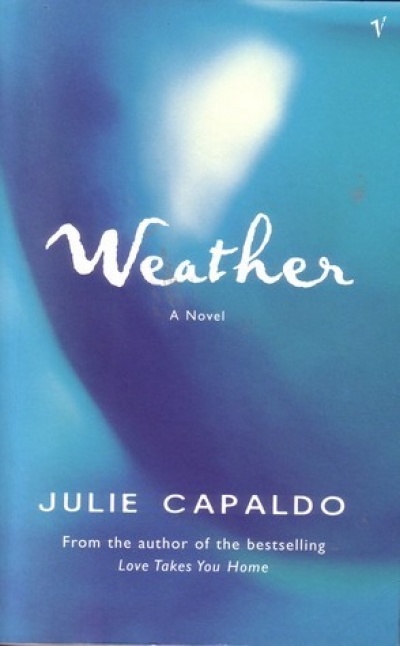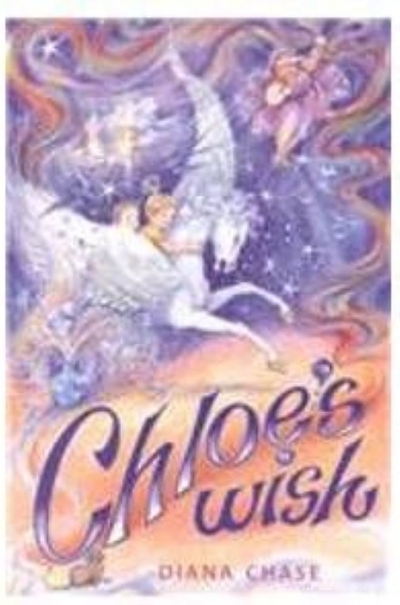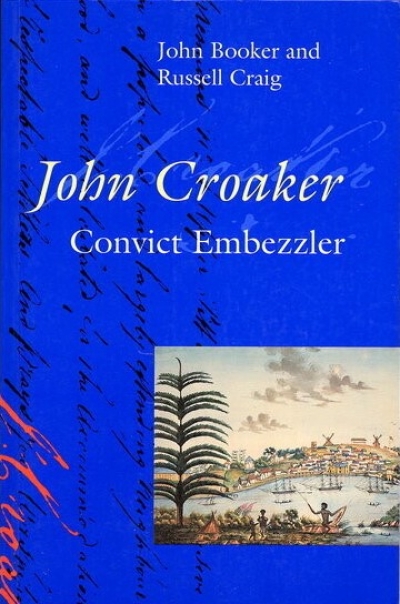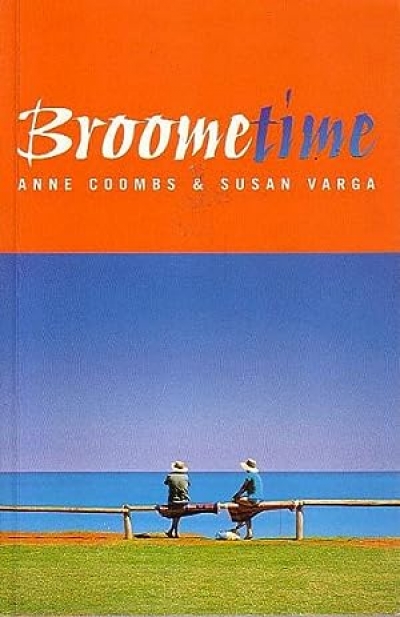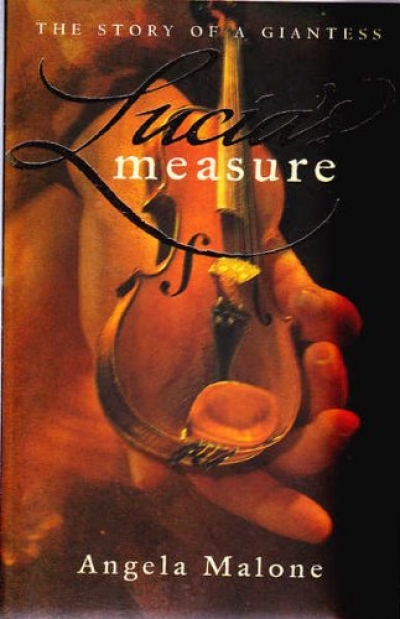Review
Wifework: What marriage really means for women by Susan Maushart
by Helen Marshall •
Sally Muirden’s second novel sits well with her first, Revelations of a Spanish Infanta. In each case, the author works through an elaborate historical lens to construct a multi-layered narrative in which the focus is the intimate life of a woman.
... (read more)Street Seen: A History of Oxford Street by Clive Faro and Garry Wotherspoon
by Gary Simes •
Chloe's Wish by Diane Chase & Jaleesa the Emu by Noal Kerr and Susannah Brindle
by Pam Macintyre •
Broometime by Anne Coombs and Susan Varga & The White Divers of Broome by John Bailey
by Sasha Soldatow •


